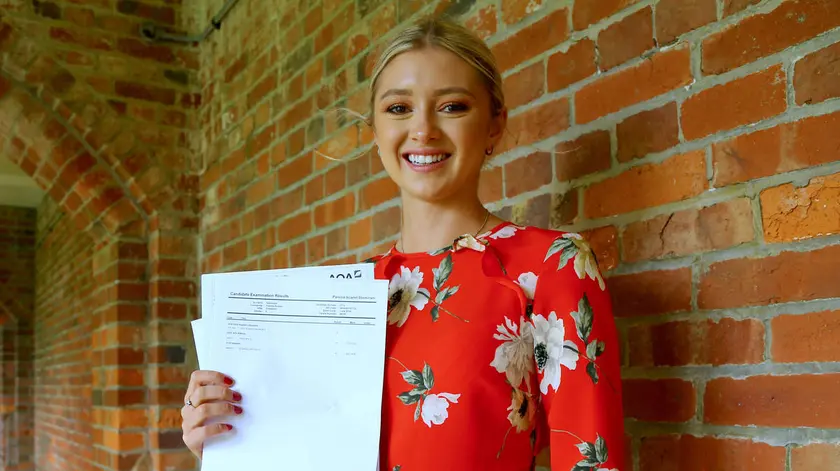T4K3.news
Vaping illness reveals popcorn lung in young mother
A Florida mom of five woke with chest pain and was later diagnosed with popcorn lung tied to vape use; experts warn about serious lung injury risks.
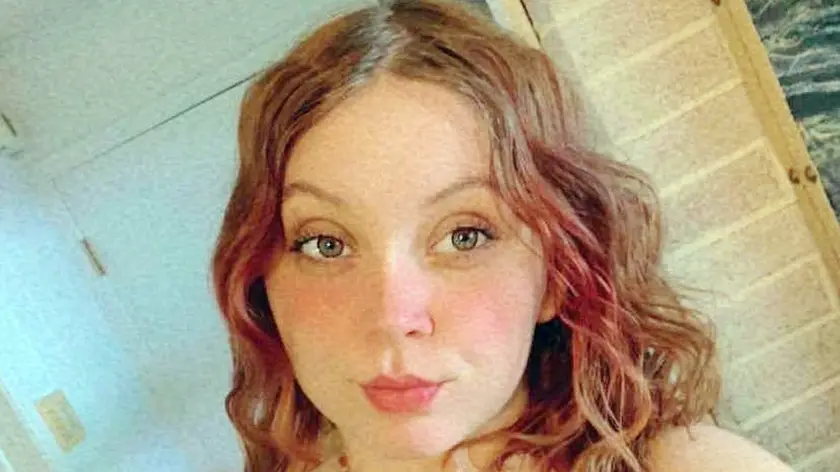
A Florida mom of five woke in the night with chest pain, later diagnosed with popcorn lung linked to vape use.
Vaping illness exposes popcorn lung in young mother
Cloey Eyes, 25, from Ocala, Florida, woke in the middle of the night with chest pain and shortness of breath. Emergency scans showed fluid and an oily substance in her lungs, not a heart attack. Doctors diagnosed bronchiolitis obliterans, a rare lung disease commonly called popcorn lung, and noted the oil around her lungs from vaping. There is no widely effective cure; treatment focuses on reducing inflammation and managing symptoms, with lung transplant possible in severe cases.
Eyes had vaped for about two years, using rechargeable disposable devices and consuming thousands of puffs every two weeks. She started vaping to quit smoking but says the habit became a daily routine. After hospitalization she quit vaping and reports better breathing, though doctors warned the lungs may take a year to heal. The case underscores public health concerns about vaping among young people, the possible role of flavor oils, and the limited evidence on safe use. While some cases are linked to lipoid pneumonia, nationwide data remain incomplete, and health professionals stress avoidance as the best protection.
Key Takeaways
"I woke up at 2:30am in the morning and my chest felt like it was having a heart attack."
Eyes describes the onset of symptoms.
"I turned 25 last Saturday, and to think I could have lost my life from vaping is just not worth it."
Her reflection on age and risk after the scare.
"I would tell people to put the vape down, especially if you're a parent."
Advice born from the experience.
"There isn't a good treatment for lipoid pneumonia, while the lungs heal on their own."
Medical reality noted by doctors.
The episode spotlights a gap between popular belief and medical risk. Vaping is often pitched as a safer alternative to smoking, but experts warn that flavored oils can trigger serious lung injury. Diacetyl and other additives in some vape liquids have been tied to inflammatory diseases, and treatment options are limited. This pushes the health system to emphasize prevention, better labeling, and restrictions that curb youth access. The story also raises questions about how doctors diagnose vape related injuries and how data on these cases is tracked and shared.
For families, the takeaway is caution. The case challenges the idea that vaping is harmless and highlights how addiction can blur good choices. Policy makers may face pressure to tighten rules around marketing, flavors, and accessibility to protect younger users while balancing adult smoking cessation options.
Highlights
- I woke up at 2:30am in the morning and my chest felt like it was having a heart attack.
- I turned 25 last Saturday, and to think I could have lost my life from vaping is just not worth it.
- I would tell people to put the vape down, especially if you're a parent.
- There isn't a good treatment for lipoid pneumonia, while the lungs heal on their own.
Public health risk from vaping related injuries
This case highlights how vaping can cause serious lung injuries in young people and raises questions about safety, labeling, and regulation. The lack of a robust treatment pathway and incomplete nationwide data may feed public concerns and policy debates about youth access and marketing.
Public health messaging must adapt to growing medical cases without fueling panic.
Enjoyed this? Let your friends know!
Related News

Young man diagnosed with rare cancer faces difficult choices
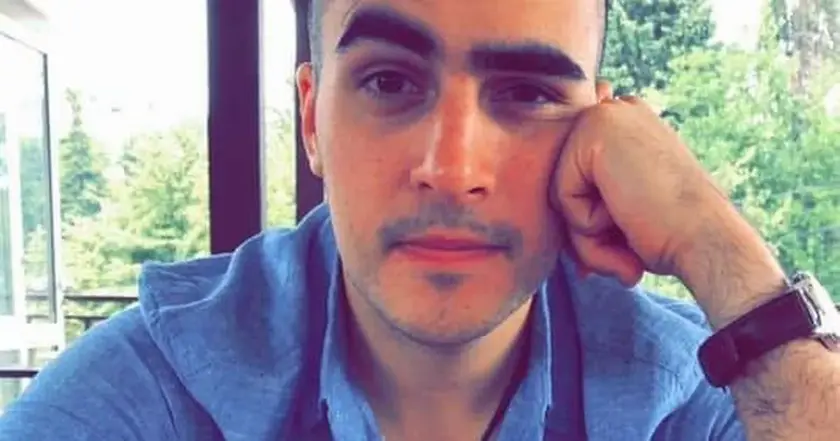
Young man battles rare cancer as treatment options dwindle

Paula Hudgell announces cancer battle

Engineer diagnosed with rare cancer
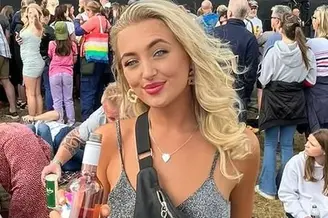
Mother warns about nasal tanning sprays after daughter's death

Mother fights to save her daughter from mental illness
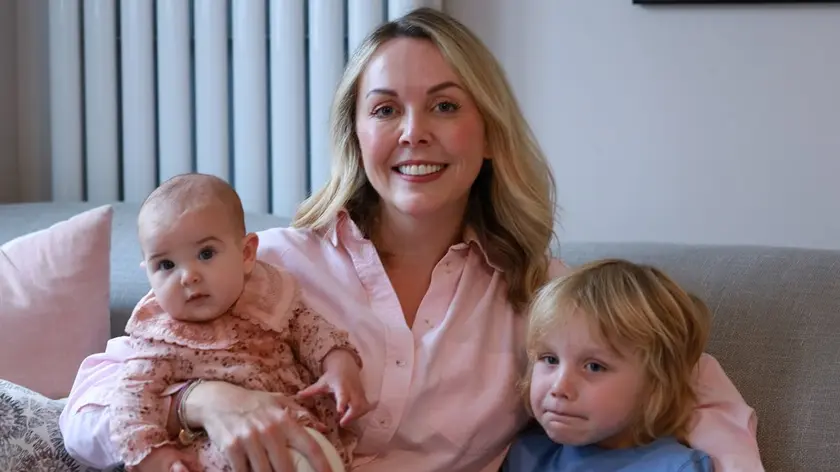
Infant hospitalizes due to cold sore transmission

Jessie J hospitalized due to health issues
